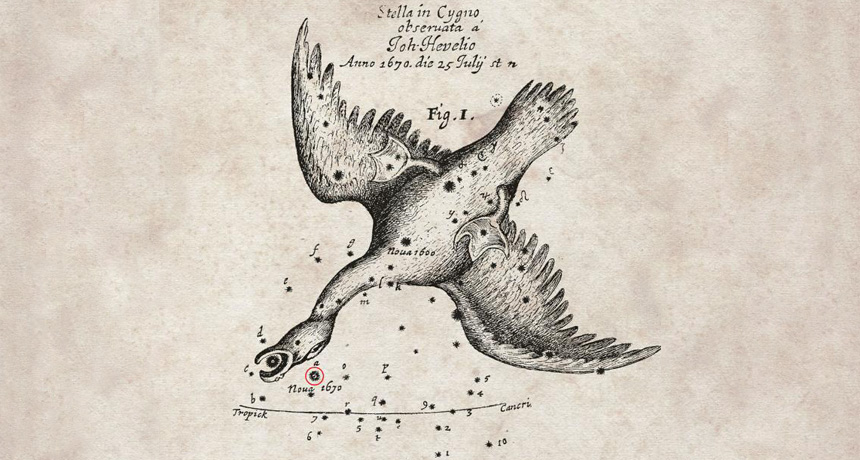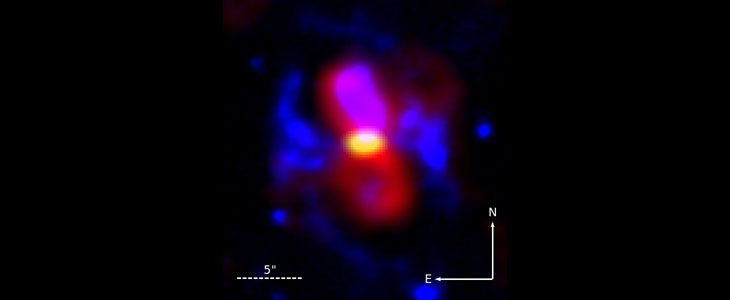Enigmatic 17th century nova wasn’t a nova at all
It was a rare stellar crash, researchers find

FOOLS THE EYE The position of Nova Vul (red circle) within the swan constellation was charted in the journal Philosophical Transactions in 1670.
Royal Society








